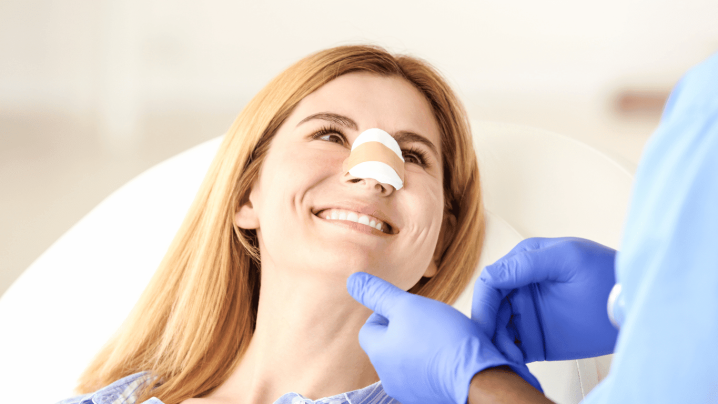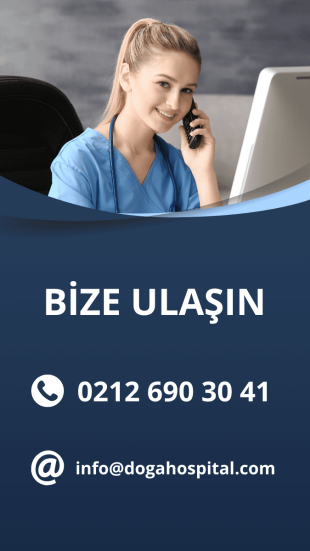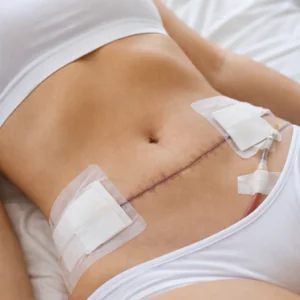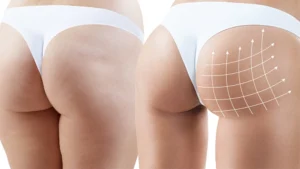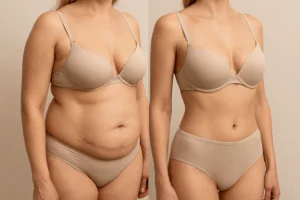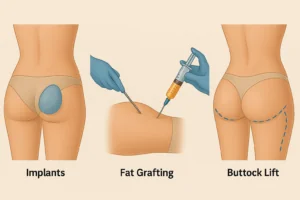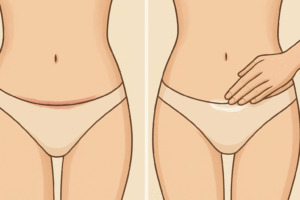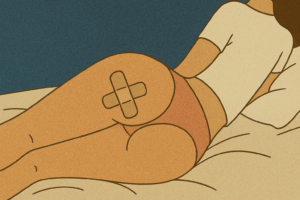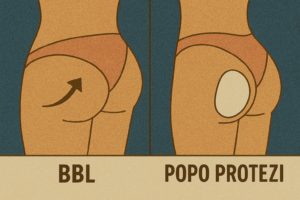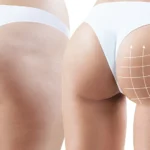Rhinoplasty is a frequently preferred surgical procedure for both functional and aesthetic reasons. In this article, we will discuss the important points you should know about rhinoplasty from the perspective of an Ear, Nose and Throat (ENT) specialist.
What is Rhinoplasty?
Rhinoplasty, called "rhinoplasty" in medical terminology, is a surgical procedure to change the shape or function of the nose. This operation can be performed for aesthetic concerns as well as to eliminate functional problems such as breathing problems.
Objectives of Rhinoplasty
- Improving the appearance of the nose
- Solving breathing problems
- Correcting congenital deformities
- Repairing deformities after trauma
Before Rhinoplasty
There are many factors to consider before making a rhinoplasty decision. Here is what you need to know before the operation:
Doctor Selection
Choosing a doctor for rhinoplasty is of critical importance. The physician you prefer:
- ENT specialist or plastic surgeon
- Experience in rhinoplasty
- Review the results of previous patients
- It is important that they can communicate openly and honestly with you.
Initial Consultation
At the first consultation, you should discuss the following with your doctor:
- Your expectations and wishes
- Your medical history and current health status
- Possible risks and complications
- The healing process and when results will be visible
Preoperative Evaluation
Pre-operative assessments include the following:
- Detailed physical examination
- Photographing your nose and facial structure
- Necessary blood tests and other laboratory examinations
- Endoscopic examination of the internal structure of the nose
Preoperative Preparation
A few weeks before the operation:
- If you smoke, it is recommended to quit
- You may need to stop taking blood-thinning medicines such as aspirin and some vitamin supplements
- Healthy diet and regular sleep are important
Rhinoplasty Operation
Anestezi
Rhinoplasty is usually performed under general anesthesia, but in some cases local anesthesia and sedation can also be used.
Operation Techniques
There are two main techniques:
- Closed Technique All incisions are made inside the nose, leaving no visible scars from the outside.
- Open Technique In addition to the incisions in the nose, a small incision is made at the tip of the nose. This technique is preferred in more complex cases.
Operation Duration
The rhinoplasty operation usually takes 2-3 hours, but in complex cases this time may be longer.
Burun Estetiği Sonrası
First 24 Hours
- You will be kept under observation for a few hours after the operation
- You will have a tampon in your nose and a plaster or splint outside
- You may feel pain and discomfort, this is normal
First Week
- There will be swelling and bruises on your face
- You may have slight bleeding from your nose
- It is recommended to keep your head elevated while sleeping
- The cast or splint is usually removed after 5-7 days
First Month
- Swelling and bruising will decrease over time
- You may feel numbness in your nose
- Sun protection is important
- You should avoid heavy physical activity
Long Term Recovery
- It can take 6 months to 1 year to see final results
- The shape of your nose will gradually settle during this time
Possible Risks and Complications
As with any surgical procedure, rhinoplasty also has some risks:
- Infection
- Bleeding
- Anesthesia complications
- Uyuşukluk veya his kaybı
- Asymetry
- Breathing problems
- Undesirable aesthetic results
Frequently Asked Questions
Does rhinoplasty surgery hurt?
You will not feel pain during the operation. There may be pain and discomfort after the operation, but these can usually be controlled.
When can I return to my normal life?
Most patients can return to work within 1-2 weeks, but full recovery can take several months.
Is rhinoplasty permanent?
Yes, the results of rhinoplasty are usually permanent. However, there may be minor changes in the appearance of your nose with aging.
Will rhinoplasty solve my breathing problems?
If you have breathing problems, this problem can also be addressed during rhinoplasty. In this case, the operation is both functional and aesthetic.
Conclusion
Rhinoplasty is an operation that can give satisfactory results when performed with the right patient selection, an experienced surgeon and realistic expectations. However, like every surgical procedure, it is important to remember that this operation also has risks.
If you are considering rhinoplasty, it is important to have a detailed consultation with an experienced ENT specialist or plastic surgeon, clearly express your expectations and ask all your questions. Remember, communication and trust between the patient and the doctor are very important for a good result.


